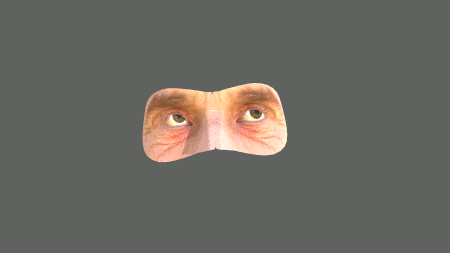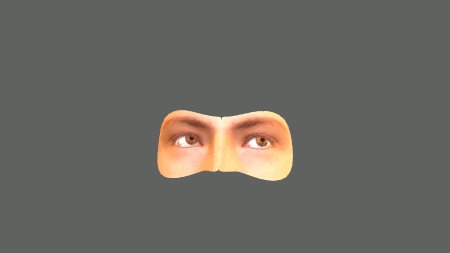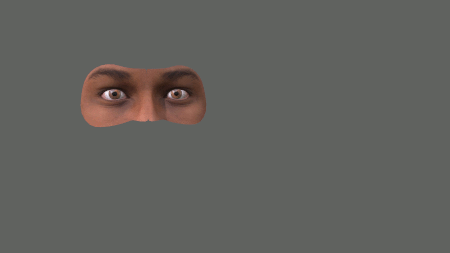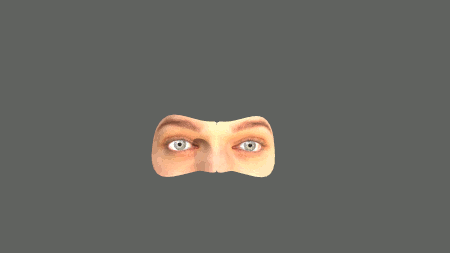Introduction
We have created a database containing about 6 million of synthetic binocular images intended for eye tracking and gaze estimation purposes. The images have a resolution of 3840x2160 pixels (4K) and were created using UnityEyes, after including essential eyeball physiology elements and modeling binocular vision dynamics. The images are annotated with head pose and gaze direction information, besides 2D and 3D landmarks of both eyes most important features.
U2Eyes includes 1000 users, at a rate of 5,875 images (in png format) and 503 files (in xml format) per user. Each user is identified (userid.xml file) by a different face shape (PCA model offered by UnityEyes), whereas the 20 skin-textures and 5 eye-textures available in UnityEyes are regularly distributed over the dataset. The scene.xml file (also user´s specific) contains information about light color/direction/intensity and exposure/rotation of the scene (18 different scene models available).
For each user, 2 sessions are generated, regarding the number of points being gazed (15/32 points grids available, respectively related to calibration/test purposes). In both sessions the sequence of grid points is looked at from 125 different head poses. Each head pose is a combination between head center spatial location (x, y, z coordinates) and face orientation (yaw, roll and pitch angles). All these data are saved in the headpose.xml file.
In every head pose folder (15/32 png files) there is an output xml file with whole information about 2D/3D landmarks of eyelids, iris and pupil contour points and centers, caruncle and eye corners.
This new version of the U2Eyes dataset presents following improvements:
- Eyeball physiology information has been improved, e.g. kappa angle values and their intraocular variations have been introduced.
- 2D landmarks present higher accuracies
- Images quality has been significantly improved
Some examples taken from U2Eyes database showing both gazing grids (15/32 points), different head poses and users’ appearance variability.




Code
The code used for generating this database is available in this repository.
References
- Sonia Porta, Benoît Bossavit, Rafael Cabeza, Andoni Larumbe-Bergera, Gonzalo Garde, Arantxa Villanueva, U2Eyes: a binocular dataset for eye tracking and gaze estimation. 2019 OpenEDS Workshop: Eye Tracking for VR and AR. International Conference on Computer Vision (ICCV ’19). Seoul, Korea
Download files
This database is licensed under a Creative Commons Attribution-NonCommercial-ShareAlike 4.0 International License. The whole database requires 2.5 TB so only files belonging to 20 selected users are available for download. These data are only to be used for non-commercial scientific purposes. Should you use this dataset in scientific publication, please cite the aforementioned papers.

